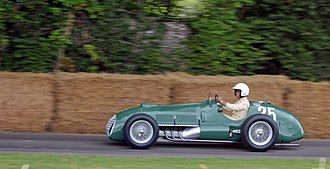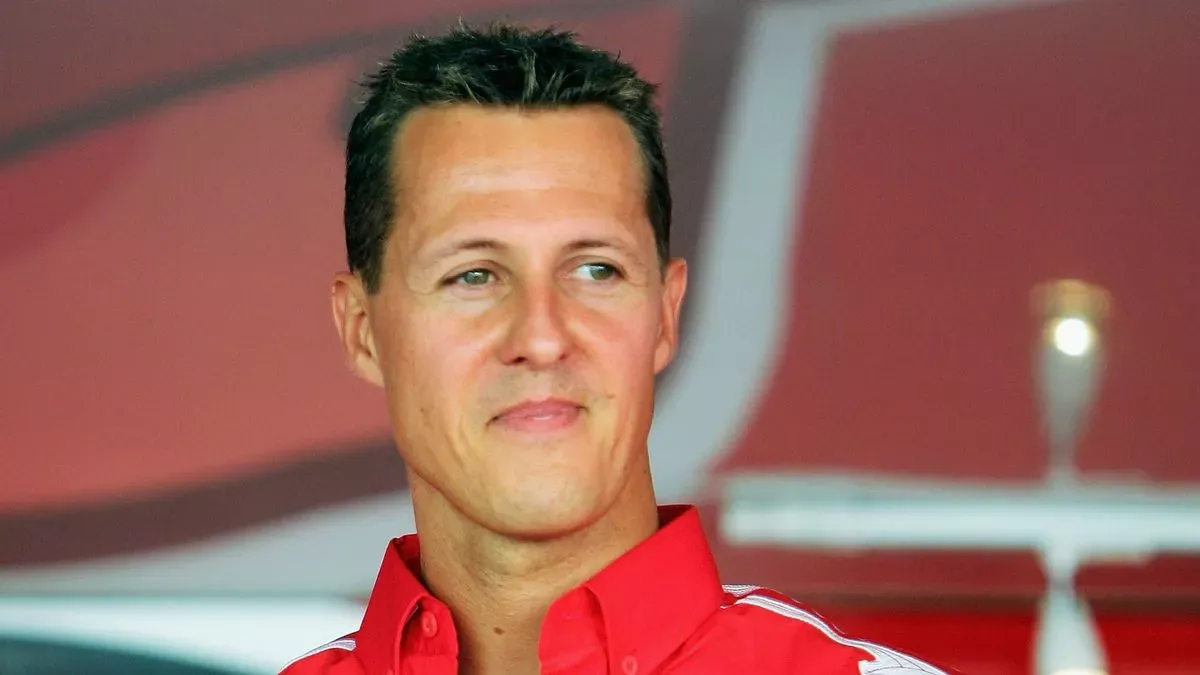The Thrill of F1 Racing: Speed, Skill, and Spectacle
we explore the fascinating aspects that make F1 racing a unique and exhilarating experience.

Welcome to WeandOur.com! In today's blog post, we dive into the electrifying world of Formula 1 racing. Known for its blistering speeds, cutting-edge technology, and the world's finest drivers, F1 racing is a captivating sport that continues to captivate millions of fans around the globe. Join us as we explore the fascinating aspects that make F1 racing a unique and exhilarating experience.
Introduction
Formula One, also called F1 in short, is an international auto racing sport. F1 is the highest level of single-seat, open-wheel and open-cockpit professional motor racing contest.Formula One (F1) racing is a high-speed, high-tech, and high-stakes competition that attracts millions of fans from around the globe. It is the world's most exciting sport, featuring the highest speeds, the fastest laps, and the biggest teams in motorsport.
Formula One racing is governed and sanctioned by a world body called the FIA − Fédération Internationale de l'Automobile or the International Automobile Federation. The name ‘Formula’ comes from the set of rules that the participating cars and drivers must follow.F1 visits traditional racing hotspots such as the UK, Monaco, Italy and Belgium every season and has recently ventured into new territories such as Saudi Arabia, Singapore, the Netherlands and Azerbaijan.
History of F1 Racing
F1 racing has a rich and storied history that dates back to the 1950s. The first F1 race was held in 1950 at Silverstone, England, and was won by Italian driver Giuseppe Farina. Since then, the sport has grown in popularity and has become one of the most watched and lucrative sports in the world.
Formula One originated from the European Motor Racing Championships of the 1920s and 1930s. The formula consists of a set of rules that all participants' cars must follow. Formula One was a new formula agreed upon during 1946 with the first non-championship races taking place during that year. Fangio, achieved the record of winning 24 of the 52 races he entered – a record for the highest percentage of Formula One races won by a single driver.

F1 competition structure
F1 has a competition structure that involves 10 teams, with two drivers per team. It is effectively a league table format, with points racked up over the course of the season (more on that later).
The world championship was founded in 1950 and is sanctioned by the FIA, which sets the rules and regulations. The sport is unique as teams build their own distinct cars every year, following the rules and regulations set by the FIA. Often they create cars with high cornering speeds. On average, F1 cars generate a top speed over 200 mph (320 kph) on the straights. Since 2014, all F1 cars have 1.6L, V6 turbocharged engines. F1 cars are required to weigh a minimum of 746kgs without the driver and fuel in them. For F1 car engines are limited to 15000 rpm. Juan Pablo Montoya hit a top speed of 372.6 kph (231.523 mph) during the Italian Grand Prix in 2005 while driving a McLaren-Mercedes car.

Cutting-Edge Technology
Formula One has been the possible introduction of budget caps. When a steering wheel costs £13,000 and the typical costs of running a team are nigh on £100 million. Engineers now rely heavily on state-of-the-art design software to refine and improve everything from car aerodynamics to braking systems. At the same time, circuit designers use digital simulations to test and perfect everything from track layout to lighting conditions. Since 2014, according to the FIA (the governing body for auto racing) regulations, F1 teams must use hybrid engines incorporating electric motors and a battery.
The Skillful Drivers
F1 racing is a sport that requires a high level of skill and expertise. While there is no doubt that F1 drivers are among the most skilled drivers in the world, there is some debate about how much of their success is due to their driving ability and how much is due to the car and team they are driving for. F1 drivers possess exceptional skill, lightning-fast reflexes, and the ability to make split-second decisions under immense pressure. They navigate through challenging tracks, mastering sharp turns, braking points, and overtaking maneuvers with precision.Here are the top 5 F1 drivers :
- Michael Schumacher : Schumacher is widely regarded as one of the greatest F1 drivers of all time, with seven world championships and 91 race wins to his name

2. Ayrton Senna - Senna is another driver who is often cited as one of the greatest of all time. He won three world championships and 41 races before his tragic death in 1994

3. Lewis Hamilton - Hamilton is a six-time world champion and has won 103 races, making him one of the most successful drivers in F1 history

4. Juan Manuel Fangio - Fangio won five world championships in the 1950s and is widely regarded as one of the greatest drivers of all time

5. Alain Prost - Prost won four world championships and 51 races during his career, and is often cited as one of the greatest drivers of all time

F1 Racing Teams
There are currently ten teams that compete in F1 racing, each with two drivers. Some of the most popular teams include Aston Martin, Alpine, and Alfa Romeo. These teams are made up of some of the most talented and skilled drivers in the world, including Fernando Alonso, Sebastian Vettel, and Valtteri Bottas.
Future of F1 Racing
The future of F1 racing looks bright, with new technologies and innovations being introduced every year. The sport is constantly evolving, with new rules and regulations being put in place to ensure the safety of the drivers and the fans. As the sport continues to grow, we can expect to see more exciting races, more talented drivers, and more thrilling moments.
Here are seven things you need to know about the next generation of Formula 1 :
- No new fossil carbon will be burned
- 1,000+ horsepower – with less fuel used
- Better safety
- More environmentally responsible
- A tougher challenge for drivers
- Lower costs – but continued innovation
- Three times the electrical power
Criticism on F1
F1 racing is not without criticism, as there are some issues that the sport is facing. These include:
- F1 cars are criticized for being undramatic, and drivers are criticized for being unemotional
- F1 is criticized for hosting races in countries with poor human rights records
- Lack of overtaking and close racing
- F1 is raced on tracks with high speeds and risks, which can be dangerous for drivers
- Ticket prices are expensive compared to other motorsports
- F1 racing has been criticized for its environmental impact, including excessive gas usage, carbon emissions, and air pollution

Conclusion
The structure of Formula 1 racing encompasses a complex web of teams, drivers, governing bodies, regulations, and the pursuit of the World Championship. It is this well-organized framework that allows the sport to showcase the incredible skill, technological advancements, and sheer excitement that captivates millions of fans around the world. As fans, we can appreciate the meticulous planning, coordination, and adherence to regulations that make Formula 1 racing the thrilling and awe-inspiring spectacle it is today.




